The start of 2022 brought with it a rise in Covid-19 cases, thanks in large part to the Omicron variant. What once was hope moving into the new year, quickly turned into apprehension. For many schools, coming back from winter break was jarring. It seemed there was no definitive plan; some schools decided to go virtual for a week or so, to have a sense of control over the rapid spread of Omicron. Others remained in-person, causing distress for both students and faculty.
Over the past two years, teenage mental health issues have been rapidly rising as the pandemic continues to take precedence over our lives. The situation has become so severe that the American Academy of Pediatrics has declared a national state of emergency in children’s mental health. The isolation that comes with the pandemic has increased levels of anxiety and depression, behavioral issues, and burnout within teenagers. From 2019 to 2021 there was a 51% increase in ER visits for teens girls ages 12-17 for suspected attempted suicides. These data are alarming, illustrating the dire effects that this current situation has on youth. The close contact that makes people feel human is missing, the isolation is suffocating, and as these things continue, teenagers are suffering.
The Stuart community is not exempt for these impacts of the pandemic. This year, especially coming back from winter break, exhaustion and fear have been at an all time high for students. Stuart, along with other area schools, has remained committed to in-person learning while continuing to reinforce safety precautions, including mask mandates. Still, quarantining community members were given a remote option during this time. One student expressed her worry over rising Covid-19 cases saying,“Seeing all of these numbers on Stuart’s recent Covid-19 dashboard, I don’t know what I’m supposed to feel.” Another added on to the worry involving spreading cases, “While I know that the right masks and protocols are effective enough to allow us to stay in person, it nevertheless makes me nervous because it is still so easy to get infected.” This level of fear has only amplified the aforementioned feeling of burnout many students feel. Looking around the USRC, there is someone always sleeping, most likely exhausted from a previous night of staying up late to get work done. Highschool is already hard enough, but with a pandemic and rapidly declining mental health, it has become nearly impossible for many students to keep up with their work. Falling behind in the exorbitant amount of schoolwork has only led to more exhaustion and less motivation, as portrayed by a graphic design project done by junior, Lucy Simon.
In her graphic design class, Lucy became an advocate for her fellow students’ fatigue in her final project. While some teachers may think of the students as “whining” or lazy, Lucy wanted to show that this was not the case. “It seems like we are complaining, but we are genuinely trying to bring up an issue but we are not bringing it up apparently in the right way..” and the right way for her was through a photo-series portraying student exhaustion throughout the Upper School. “It’s mostly just because when I chose it I was in fact burnout..” said Lucy, when asked how she came up with the idea, “I know a few in my grade that are known for taking naps to stay awake, or at least three of my friends have to stay up until 2 am to finish work because they don’t have any other time to do it.” While knowing this information, it motivated her to continue to bring awareness of student burnout. She even began to reflect on her own feeling around exhaustion after winter break admitting, “I was scared to go back to that mentality, because I don’t like who I am because it’s not healthy.” Ultimately, Lucy’s project was a way for her to be a voice for the student body, to show that, “this is the statement: “we are tired.” Not “we were tired”, not “we will be tired”, it’s “we are tired”. The “we” is us, it’s not them, it’s not someone you can separate yourself from, it’s us.”
This burnout doesn’t impact only students, it also extends to many of the faculty. Faculty members shared their feelings about virtual/hybrid/in-person learning. As one Stuart teacher expressed, “It is difficult, but we do the best we can to support all students.” Many are feeling both the strain of our current climate as well as the complications of unexpected and constant changes in our working and learning environment. This burnout runs deep, with a lot of teachers feeling as if they are in some sort of delirium, running on autopilot which makes it harder to do a job they love. One teacher explained, “The experience is diluted,” while another said, “I feel like my mental capacity is reduced on a daily basis.” Much of this burnout comes from the struggles of hybrid learning and connecting with students in-person and online simultaneously. One of our faculty shared their particular experience with us: “I dislike hybrid learning…which I think negatively affects the experience not only of those who are remote but also those in the classroom…hybrid forces the teacher to either pick and choose whose education will be done correctly or to try to do a combination that reduces the quality for everyone.” Another person explained simply, “It is not ideal. It is impossible to give the ‘same experience’ to students who are here in person and students who are remote.” The unknownness of who will be virtual each day also makes it especially difficult as teachers can’t appropriately prepare. Ultimately, the “up in the air” feeling that the pandemic has created has made it difficult for teachers to infuse their enthusiasm into the classroom like they want to.
While the uncertainty of the daily present may look grim, new announcements on the prospective state of Covid-19 throughout 2022 give hope to the country, and to us here at Stuart, after a very tumultuous two years. Recently, Dr. Fauci, chief medical advisor to the president, has had some more positive news to share regarding the pandemic. During an interview with ABC on Jan. 23 Fauci predicted that by mid-February, most states in the U.S will be seeing a substantial decline in cases, which would also mean a fall in hospitalisations. He went on to say that this Omicron variant, while more infectious now, is less severe or life threatening for those who are fully vaccinated, meaning that Omicron will ultimately move to a level of control that will allow it to be considered non-disruptive to our daily lives. Furthermore, if we continue to stay safe, wearing masks when necessary, getting vaccinated and boosted, and continuing distributing tests, we remain at this level of control. It is now more important than ever that our community works together to keep one another safe; with these measures, hopefully, we will finally be able to attain some form of normalcy again in our daily lives.


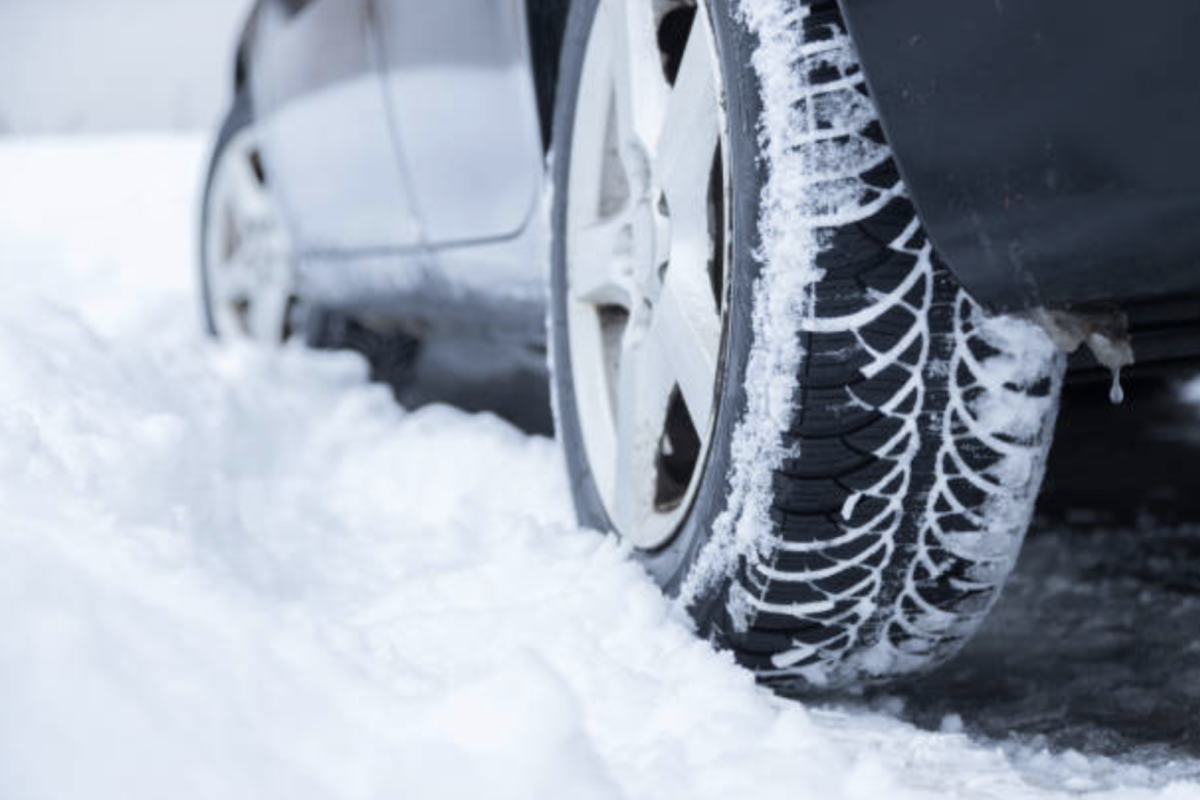
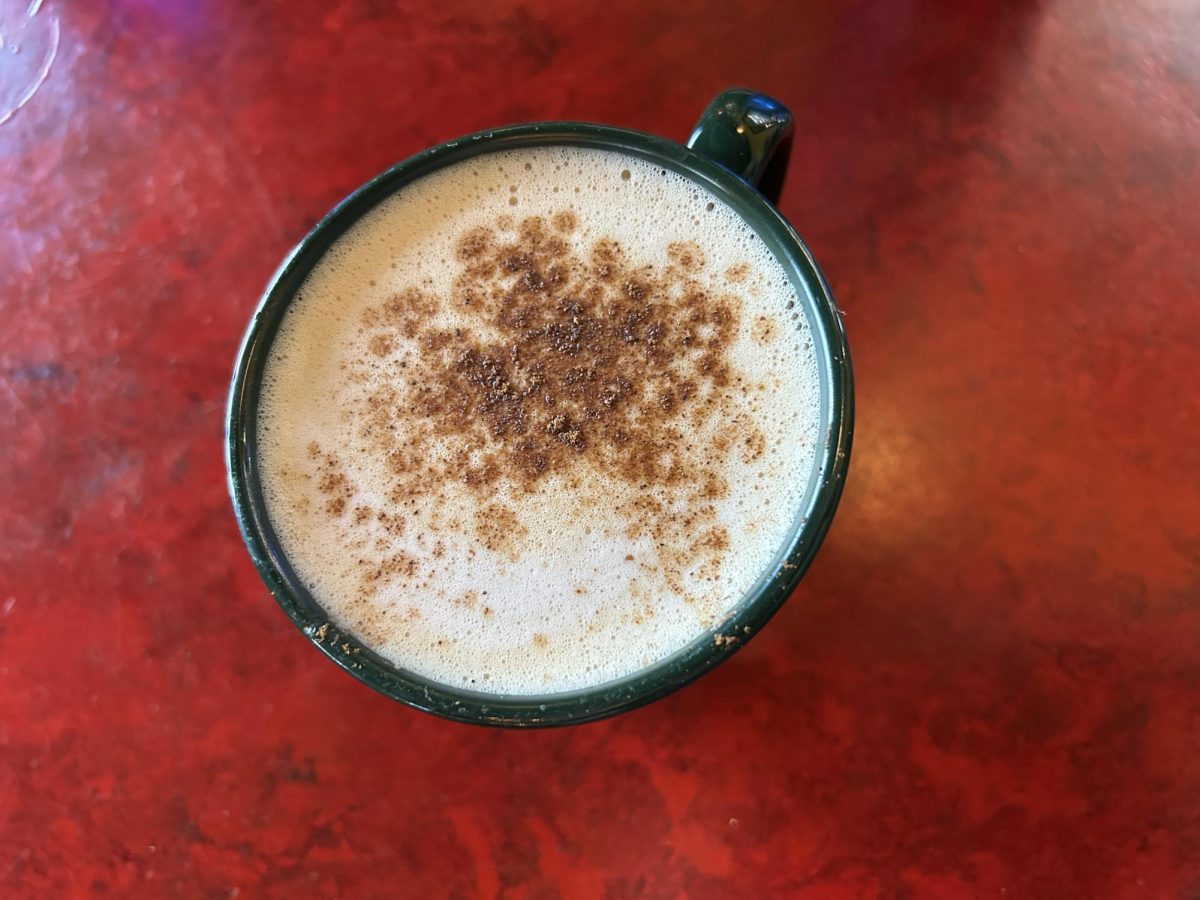
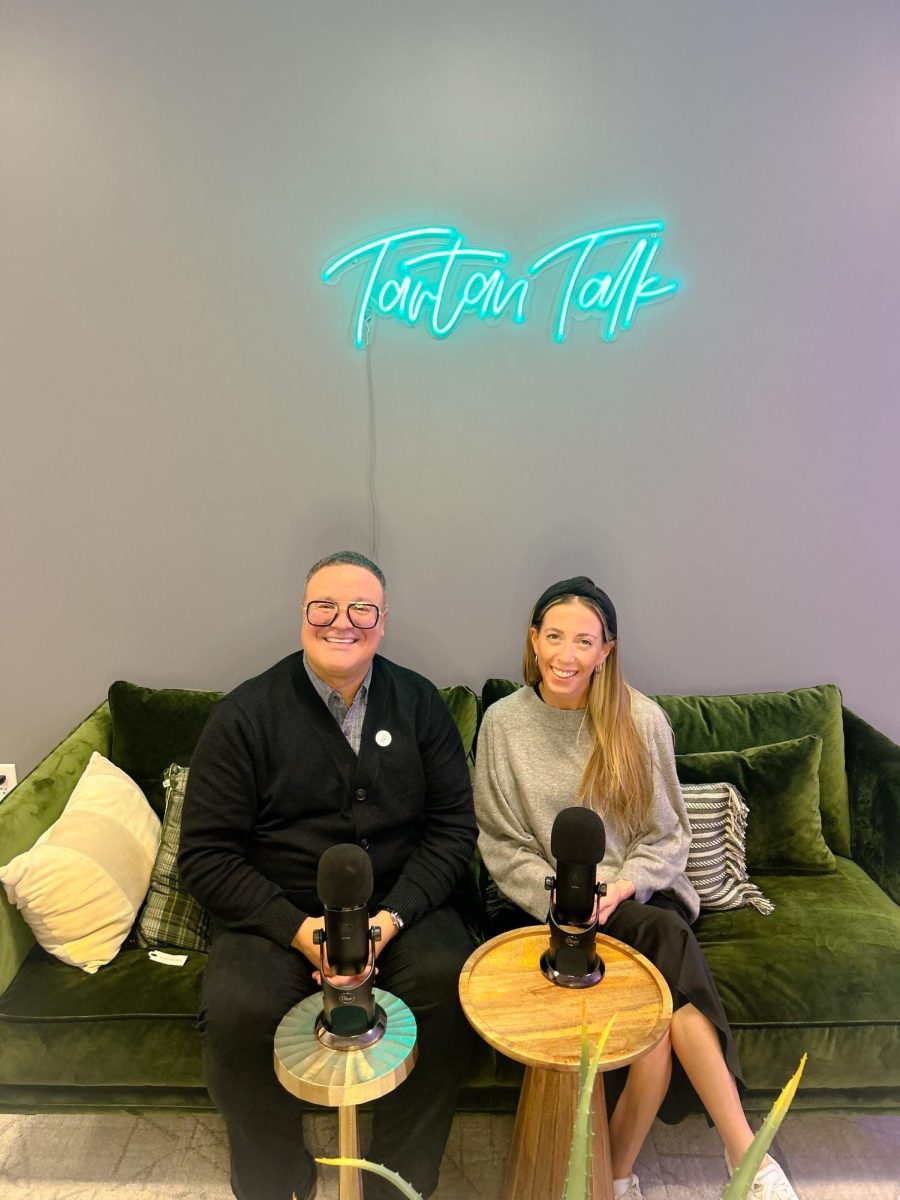
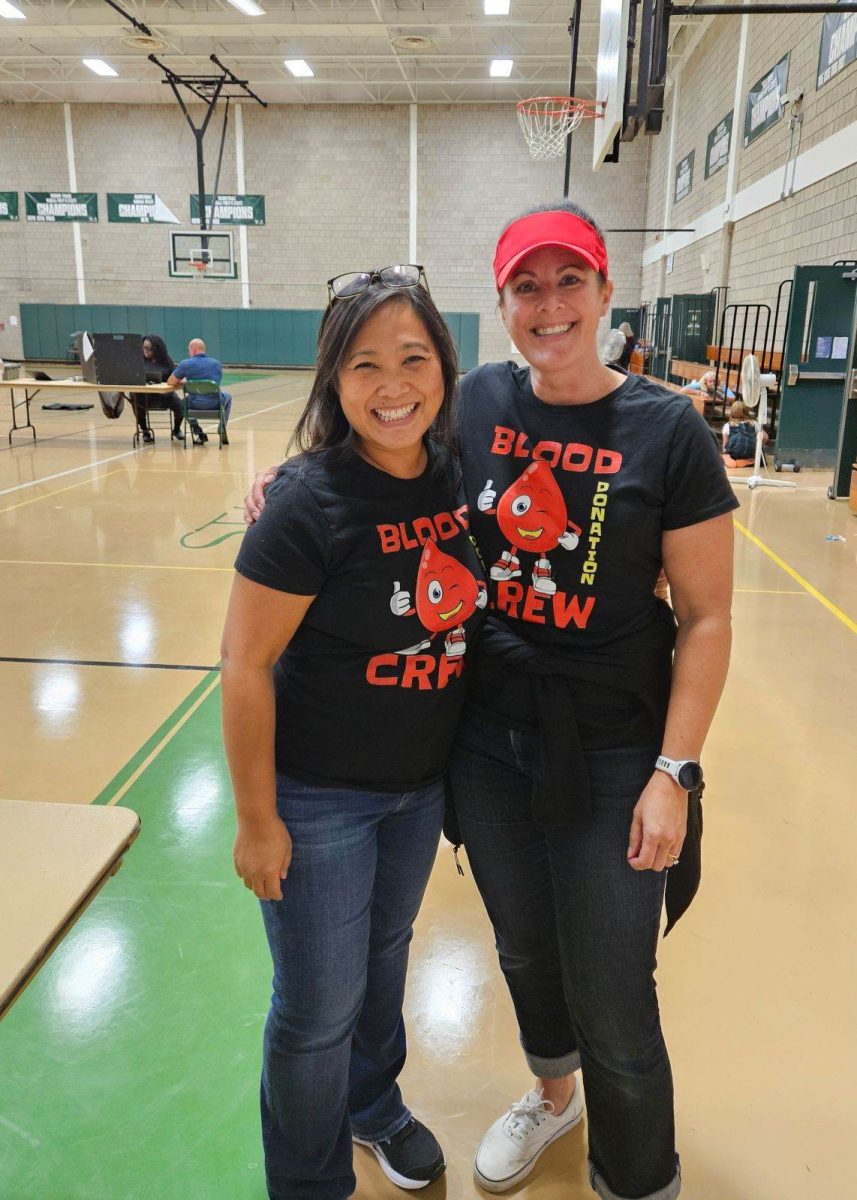
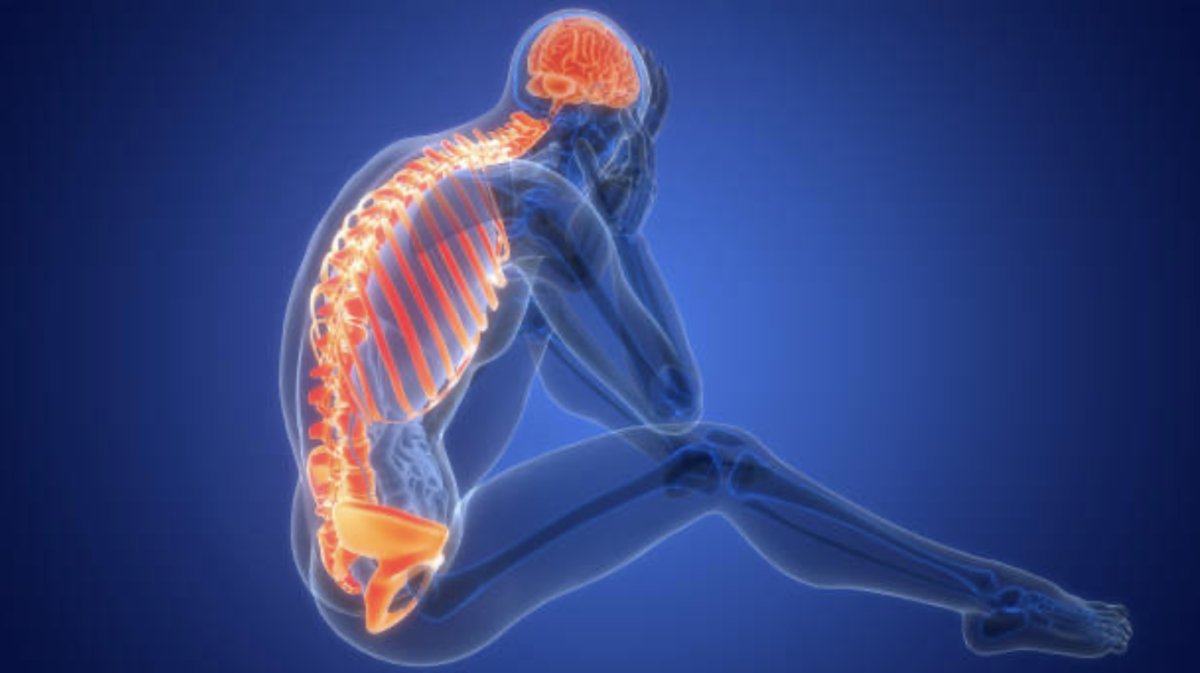

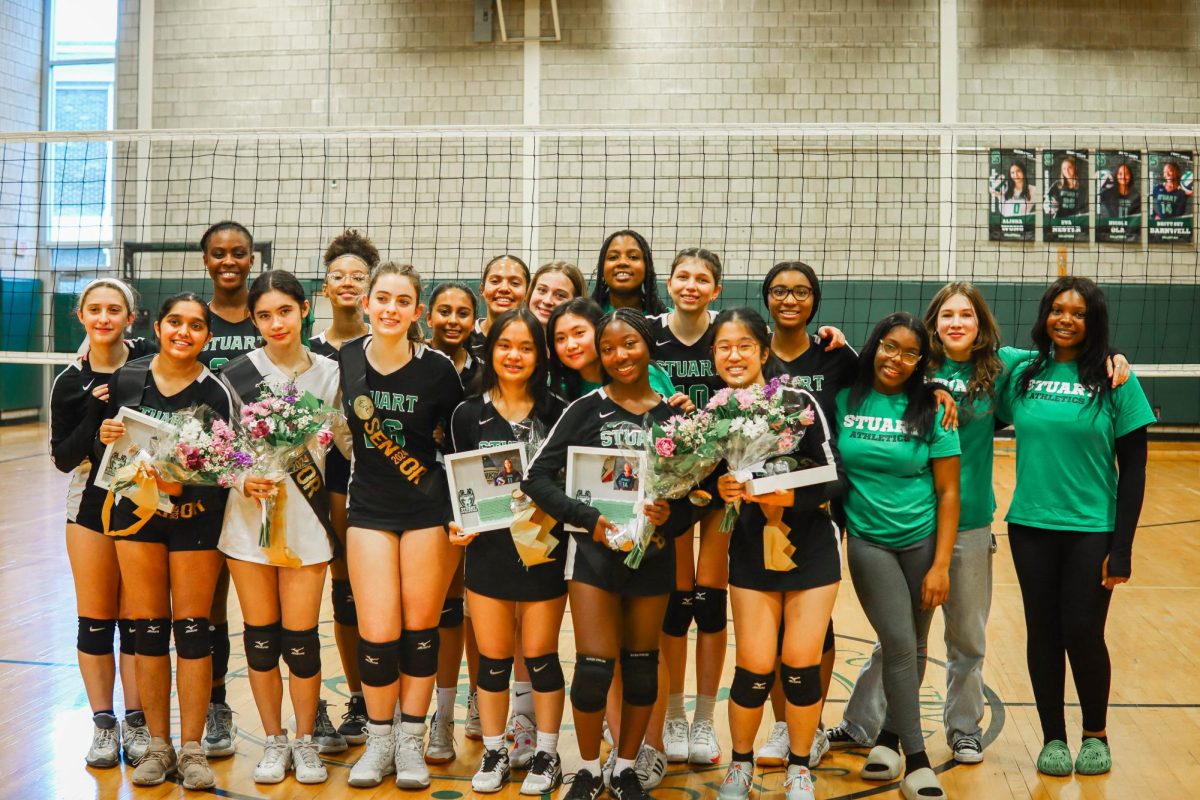
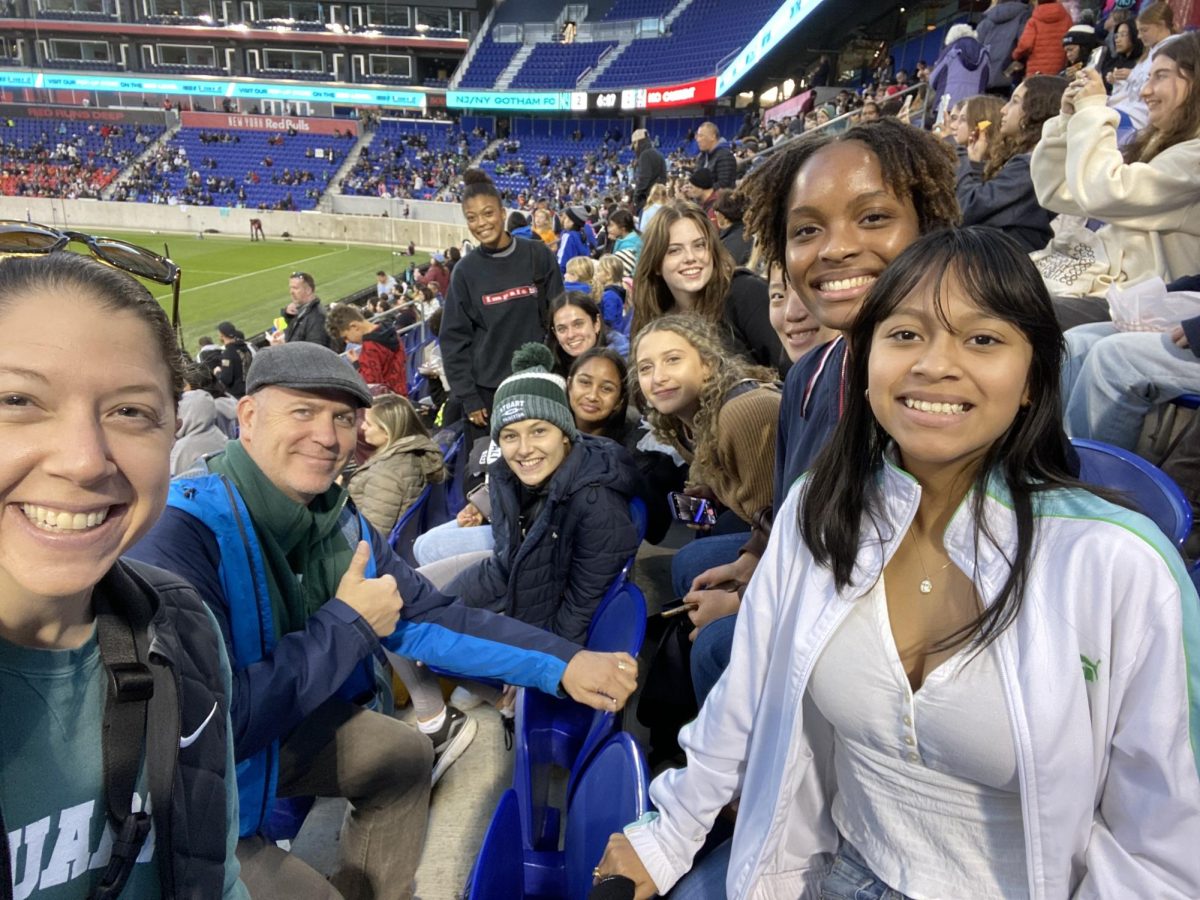

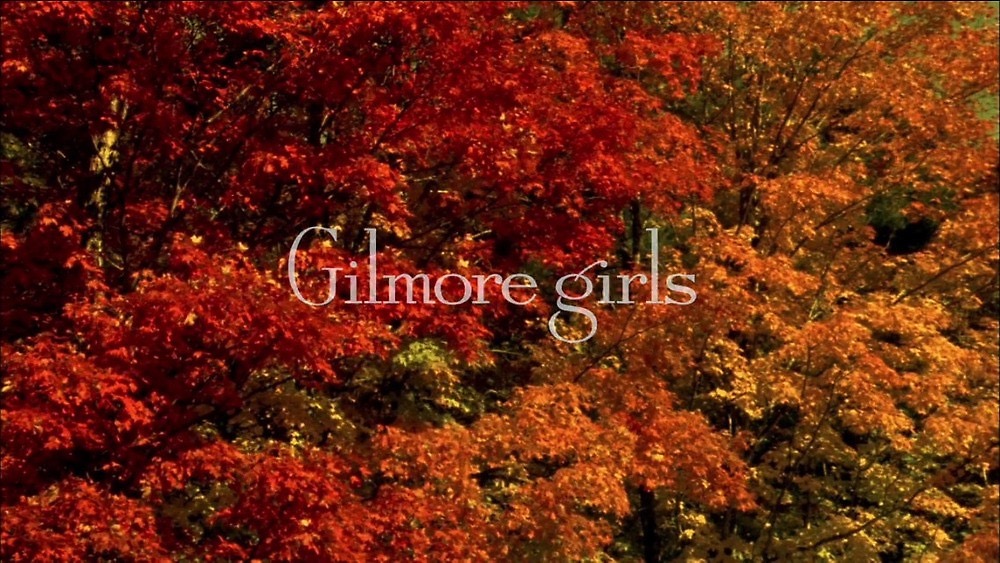
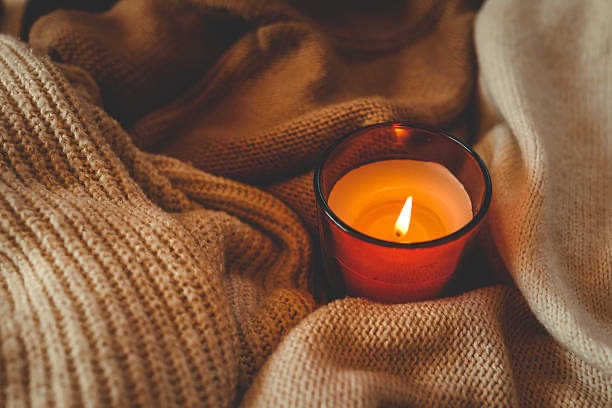


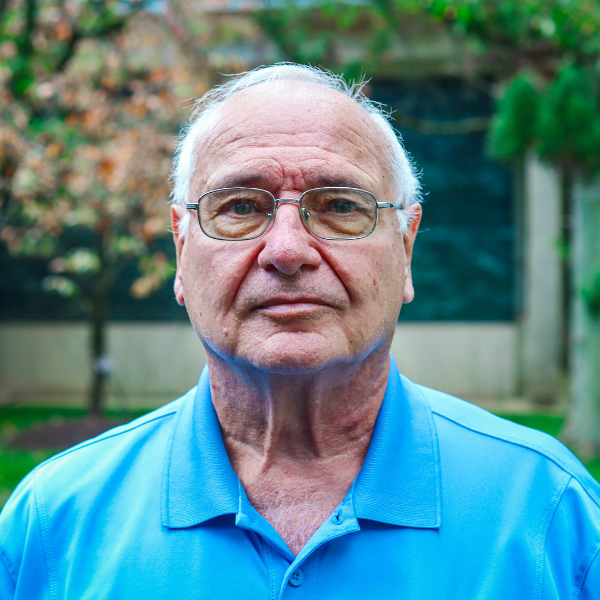
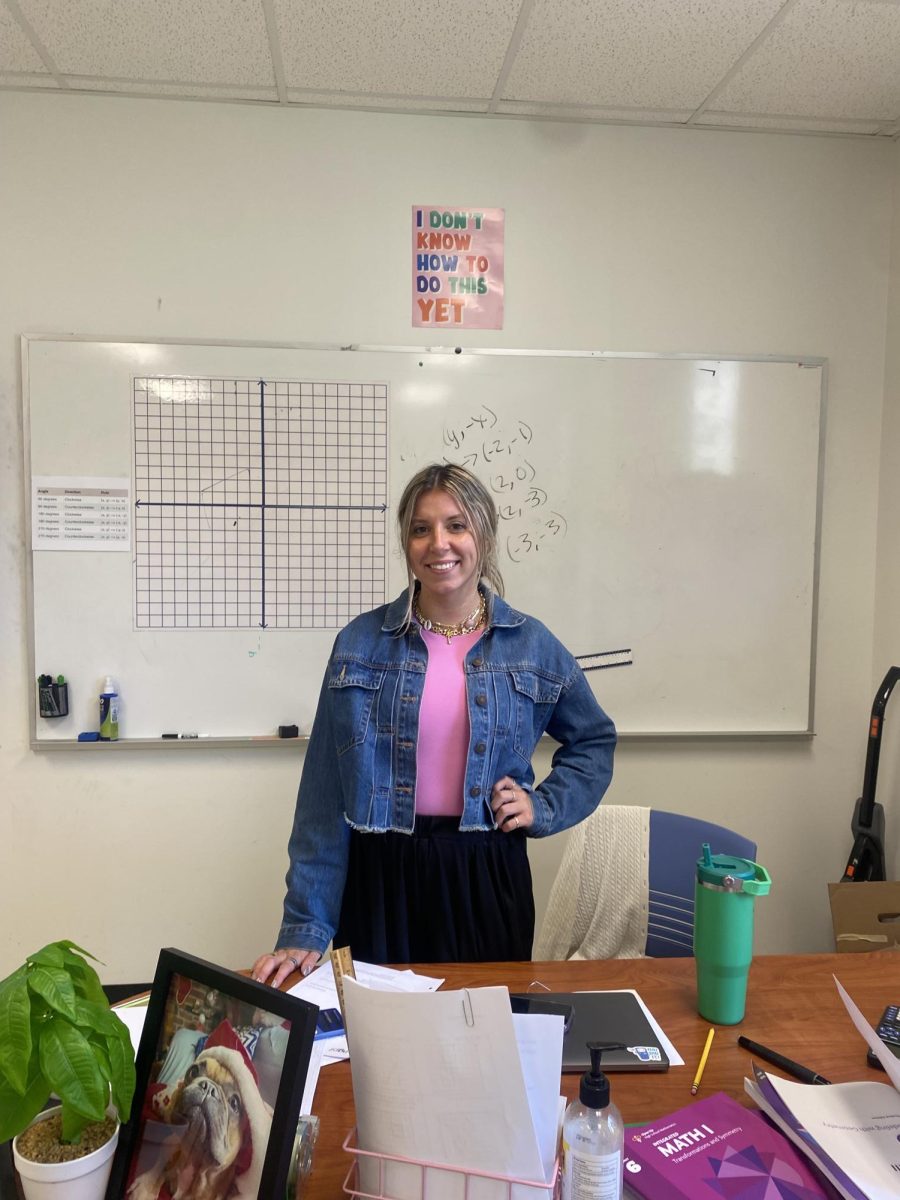

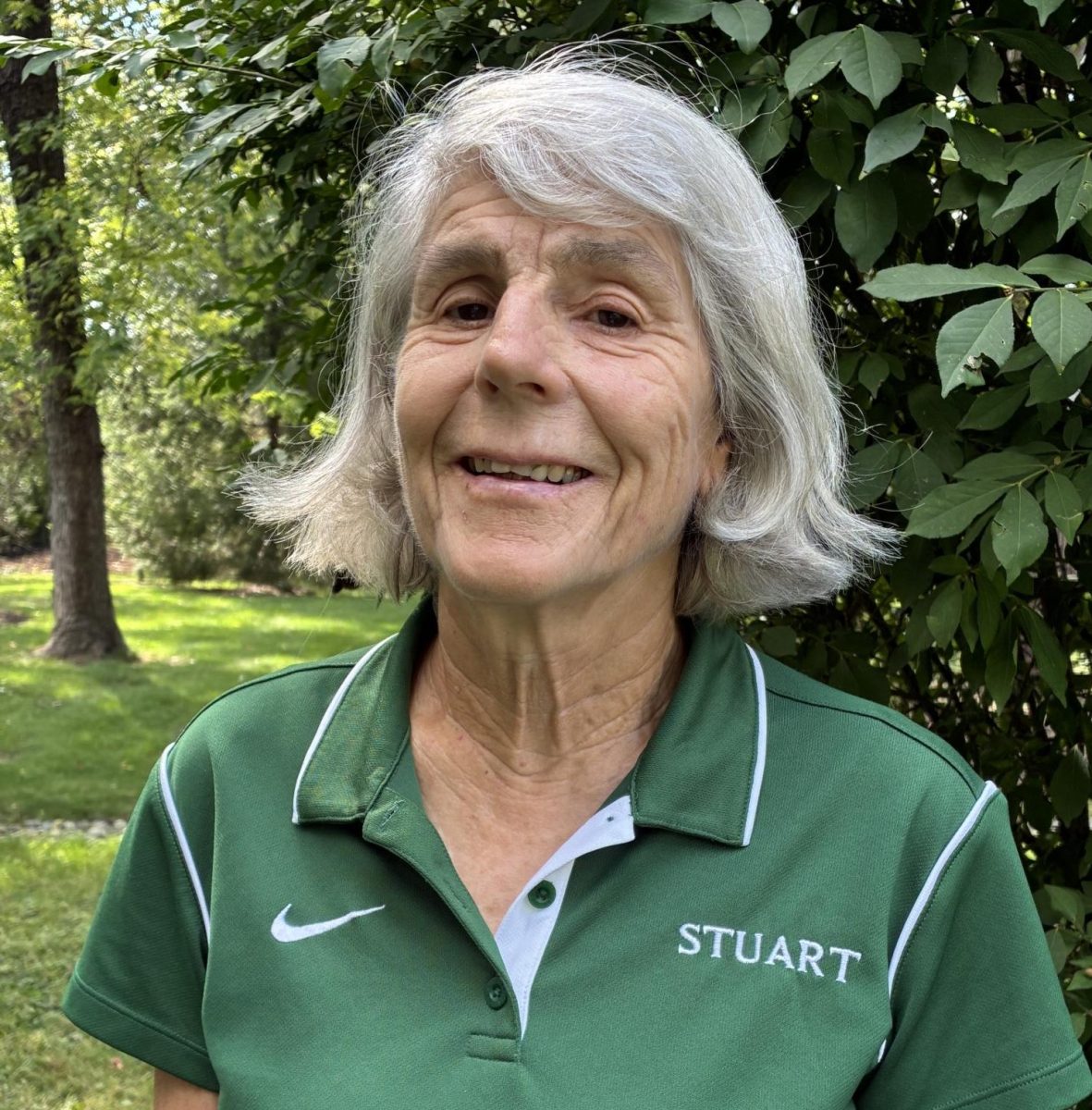

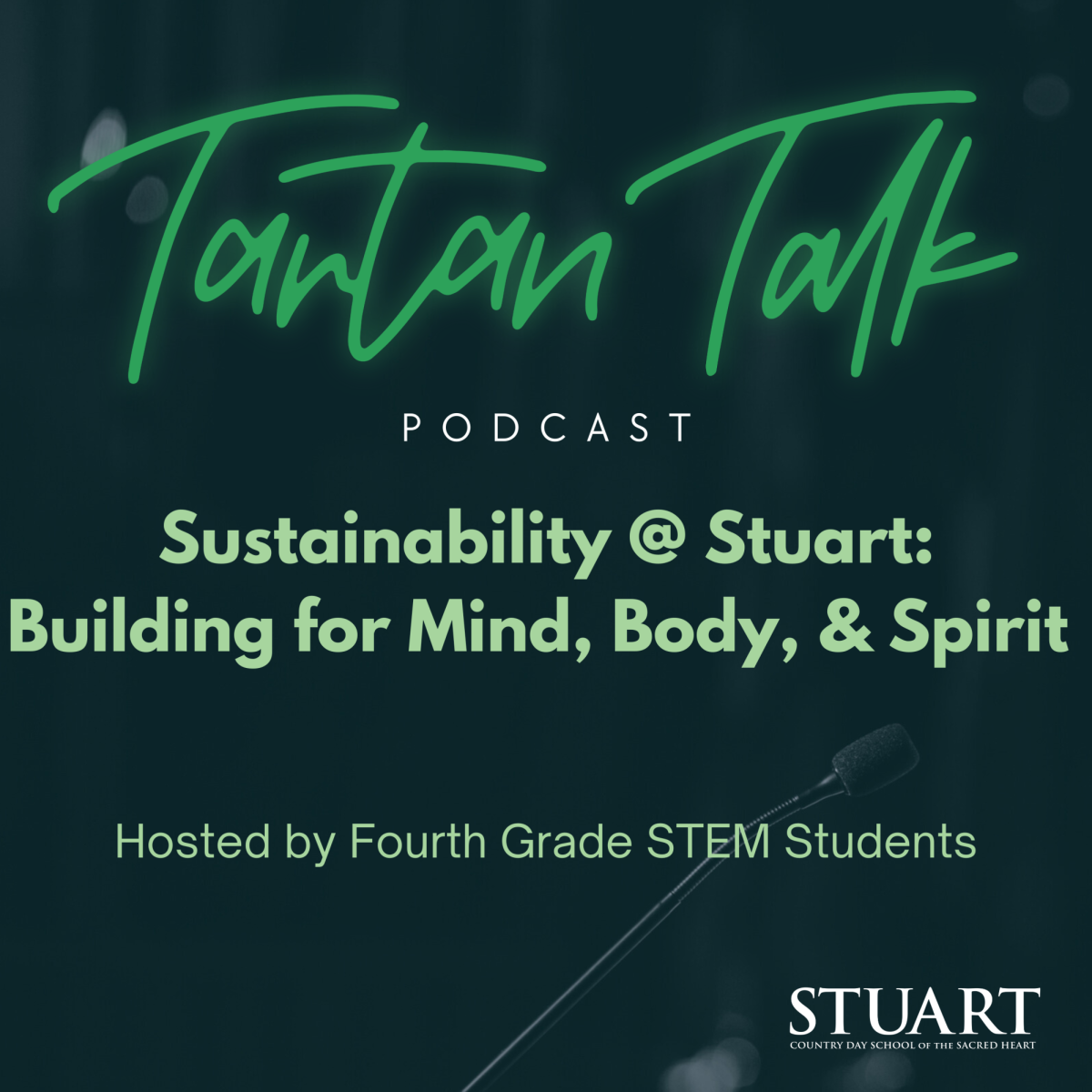

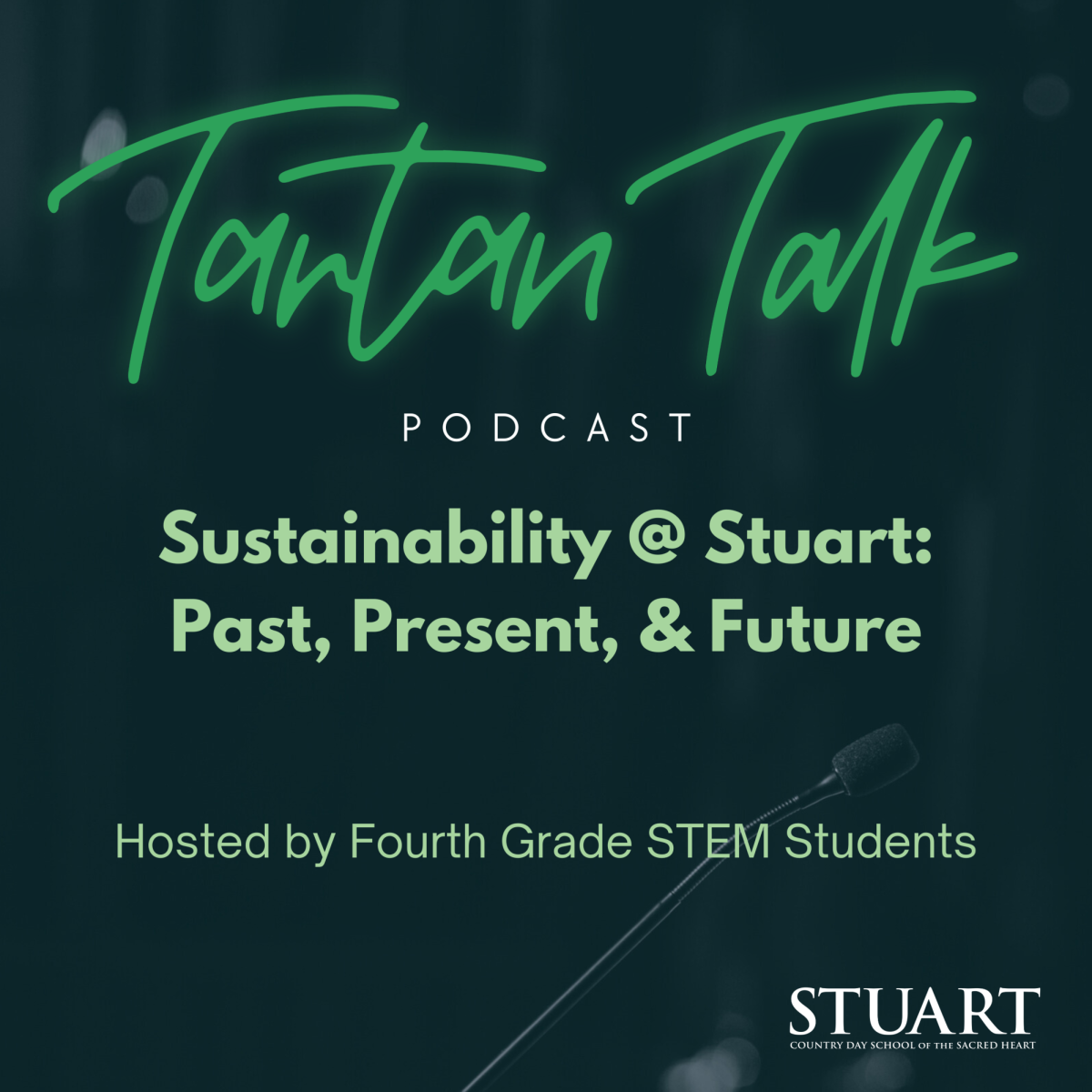

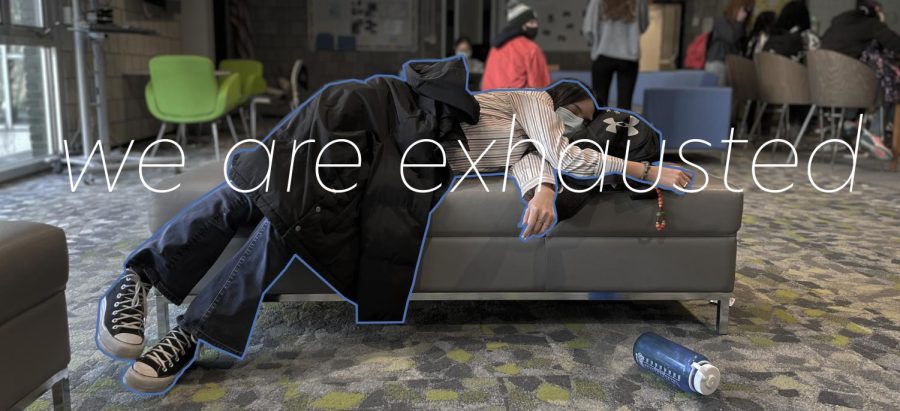
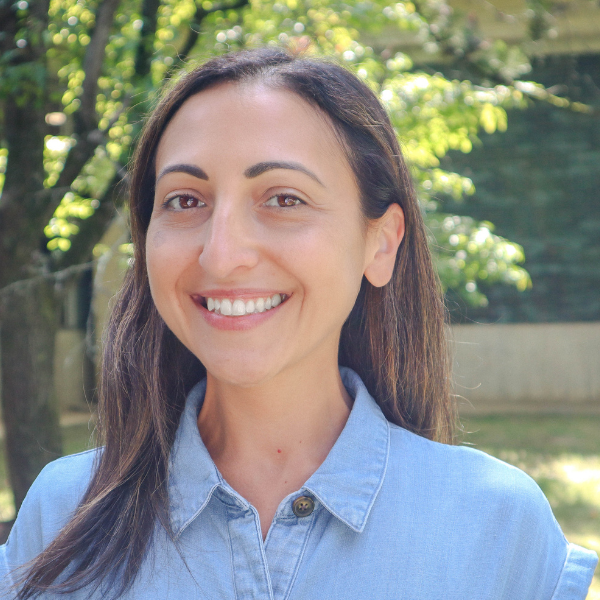
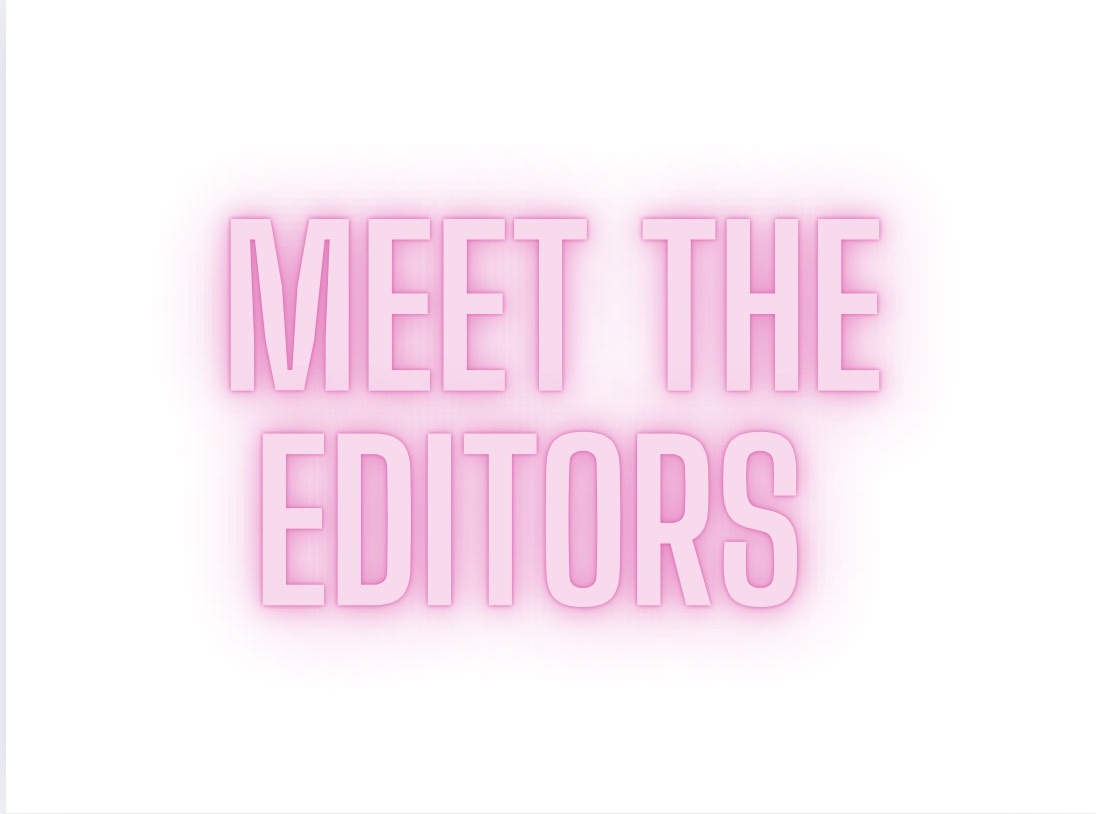

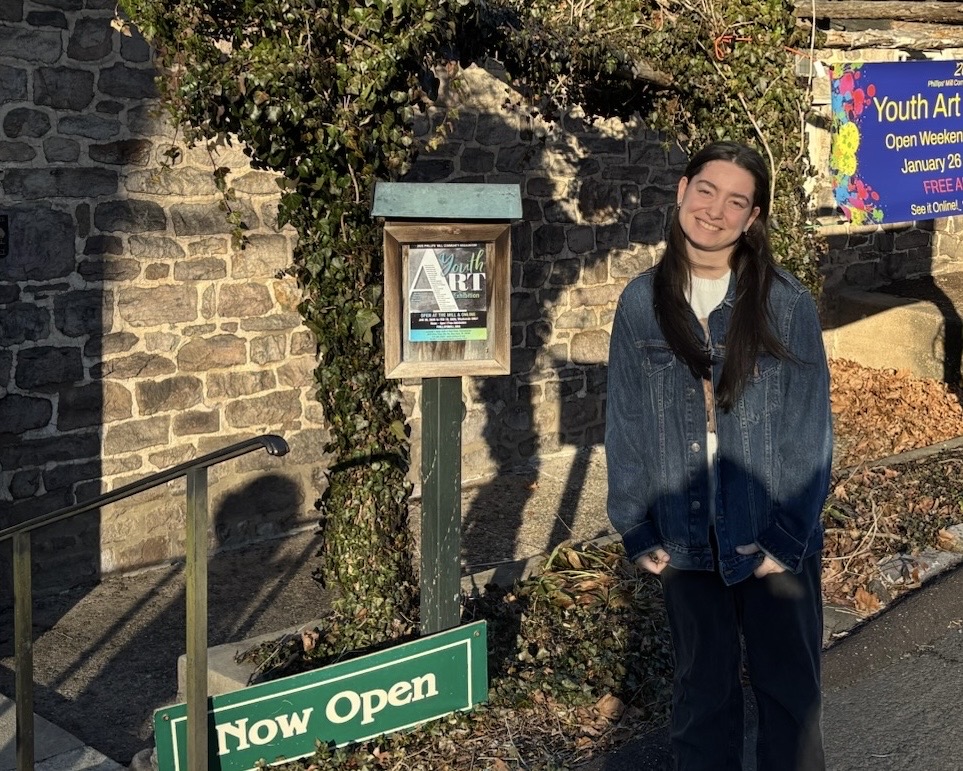
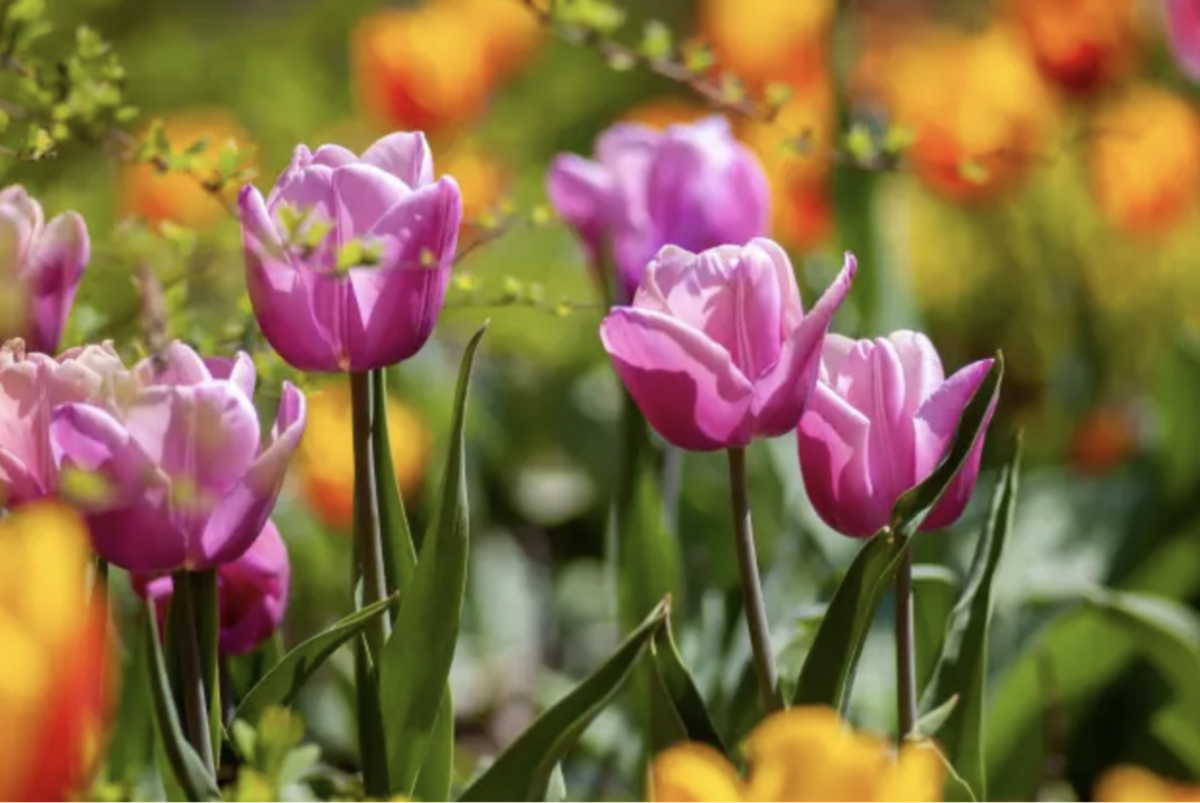


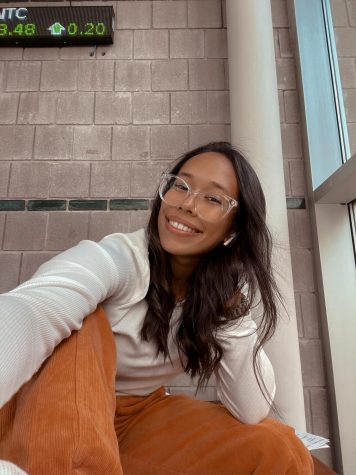
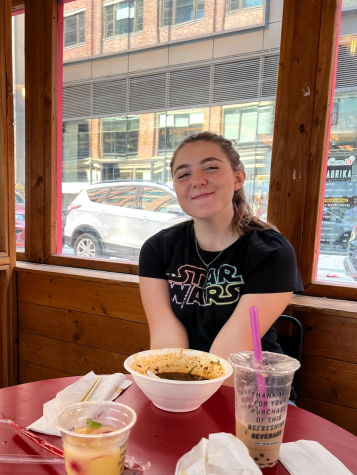
A • Apr 3, 2022 at 4:03 pm
The ‘measure’ of things is very different now – we are needing more room, space, time to think and react to even the smallest task. Priorities seem weightier. I think talking and sharing experiences with coping and managing is helpful to all.
Kevin Broughton • Feb 27, 2022 at 2:44 am
Great persecutive, it was very informative of the various viewpoints and how the current COVID landscape is affecting them.